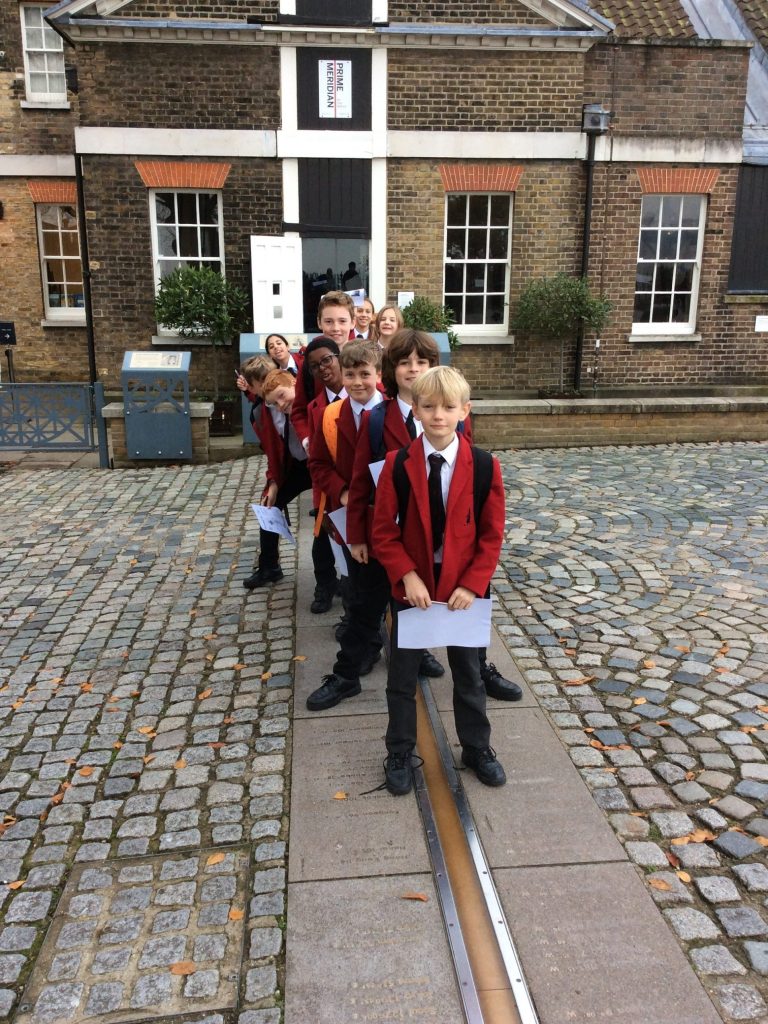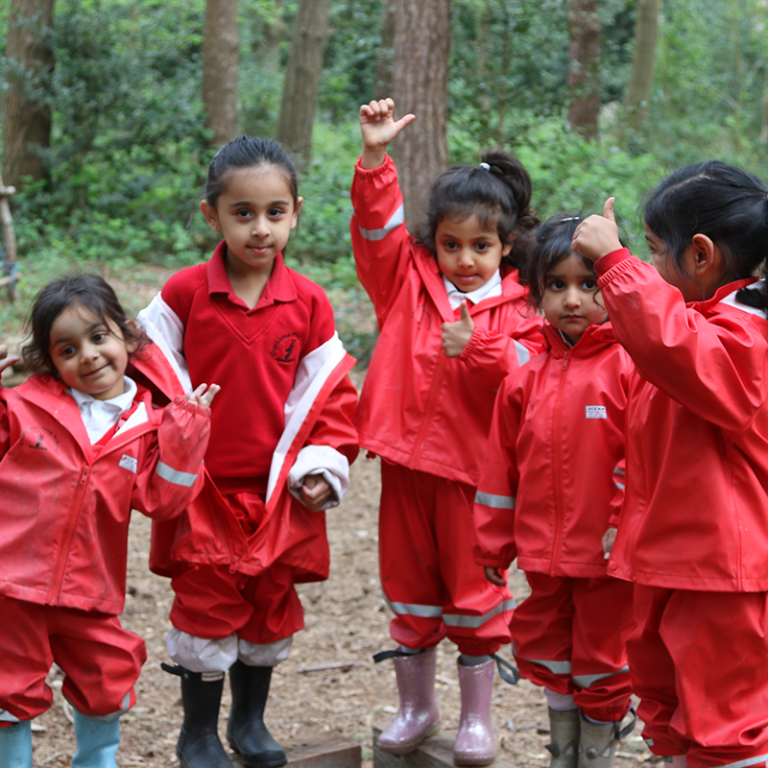Forest school and outdoor learning
Set in our own woodlands, forest school exists to encourage children to explore the outdoors and develop a connection with the natural world. It is entirely child-led and holistic. Our aim is for the children to have a positive and creative experience, gain self-esteem, build confidence with their peers and enjoy the freedom to play, learn and take risks.
We know children thrive outside of the classroom and we actively embed time outdoors into all aspects of our educational offer.
We apply the six forest school principles which are:
- Sessions are delivered on a long-term basis: forest school needs to be regular, so we take the children our weekly
- Sessions are risk-aware, not risk-averse: we suggest meaningful activities which nurture the instinctive human ability to learn through overcoming a risk, challenge, or problem. We also teach the children how to safely use tools like knives and axes for whittling or chopping wood, and how to light and safely be around campfires.
- Forest school is invested in the holistic development (emotional, spiritual, intellectual, social, physical, communication and language) of the participants.
- Forest school should take place in a natural wooded environment
- Forest school should be run by a qualified forest school practitioner
- Forest school is learner-cantered with learner-based outcomes



